Welcome to Climate Drift - the place where we dive into climate solutions and help you find your role in the race to net zero.
If you haven’t subscribed, join here:
Hi there!
Skander here. We’ve just wrapped up another intense cohort in our accelerator—more on that in a future post—but let’s just say it was an action-packed 8 weeks with an equally driven group of people.
Now, I’m excited to kick off a new two-part series where we tackle the complex issues surrounding mining, a crucial component in reaching our net zero goals.
From solar panels to electric vehicles and battery storage, all of these technologies require significant mineral resources.
While the mining needed is far less than what's currently done for fossil fuels, it still demands our attention.
Today, Samuel will take us through the necessity of mining and some real-world case studies. In Part 2, he’ll explore how we can responsibly source these essential minerals.
Let’s dive in 🌊!
But first: Who is Samuel?
Samuel Weingast is an environmental leader with over a decade of experience at the intersection of climate, entrepreneurship, and education. His work spans ecological restoration projects, where he has led teams of 10 or more to significantly improve biodiversity, water quality, and fire resilience across 20 different sites. Samuel’s hands-on approach and deep understanding of ecological systems have driven impactful environmental solutions that go beyond theory, delivering real-world results.
In addition to his restoration work, Samuel is a seasoned entrepreneur, having founded two businesses that serve over 120 clients. Self-taught in marketing, business development, and operational efficiency, he has built a custom CRM system to streamline his operations. Currently, Samuel continues to focus on bridging the gap between environmental science and practical applications, with a strong emphasis on sustainable development and responsible resource management.
🚀 If you want to make a difference and bring your talent into climate:
Apply to our next cohort and join the Climate Drift Accelerator.
Interviews and admissions are happening right now.
Greetings readers, I’m Samuel, I’ve been focused on sustainability since 2010. Since then, I’ve been holding the question, “How are we going to fix this mess without creating more messes?” Pivoting into renewable energy, I found that batteries are the missing link between clean energy and achieving a net zero society. Turns out, in order to build out capacity and infrastructure and hit global net zero goals, we need to expand our global mining industry. Mining inherently cannot be called sustainable, because by definition it means extracting non renewable materials. Despite being on a scale that is orders of magnitude smaller than present fossil fuel extraction, mining still has impacts. In this series, we will discuss concrete solutions for mining while minimizing the impacts to the earth and communities affected by mines.
Part One: An Overview of Mining, outlines why mining is necessary and why responsible mining models are a must. Part Two: How to Responsibly Source Minerals, discusses the largest solutions in mining and how, as a battery manufacturer, to make sure that you are sourcing responsibly.
Why is mining necessary for the energy transition?
To keep our planet from warming more than 2°C, a rapid shift from fossil fuels to renewables is absolutely necessary. Use of PV Solar infrastructure and batteries requires a massive expansion of mining, particularly for lithium, cobalt, copper, and nickel. For a detailed explanation of how much of each mineral is necessary, check out pages 9 and 10 of this report by the Energy Transitions Commission. Mining has historically polluted water and land, hurt endangered species, destroyed cultural sites, and had significant negative impacts on local communities. These costs should not be overlooked; at the same time, it should be noted that on a global level, switching to renewable energy generation and storage is ultimately better for the planet and society than continuing to rely on fossil fuels.
Global dependence on fossil fuels vs dependence on renewables should not be considered equal. In sheer numbers, compare 15 *billion* tons of fossil fuels per year to 28 *million* tons of minerals (for renewables) between now and 2040. Many of these minerals will be recyclable, lowering our future dependence on mining. We have more than enough supply of known minerals in the ground to fuel the entire energy transition (and then some). Furthermore, fossil fuels kill millions every year, due to air pollution and increased temperature.
Large-scale expansion of mining is complex. Careful expansion of mining projects is crucial. It is important to minimize harm to local communities, Indigenous peoples, or surrounding ecosystems. 80% of lithium still in the ground overlaps with indigenous territory. Environmental regulation, lengthy permitting process, community opposition and high costs make it notoriously hard to set up new mines in America. A consequence is that minerals must be shipped halfway across the world, sometimes twice, adding tons of emissions and complications into supply chains.
Why should battery manufacturers consider responsible sourcing?
The minerals that make up our batteries and power our electronics and vehicles need to cause the least amount of harm to the planet. How can we solve this problem? Innovative technology is exciting and important, but is not the whole picture. No country in the world has sufficient regulations to effectively mitigate the impacts of mining. Until there are, it is up to manufacturing companies and consumers to demand responsible sourcing.
Why should companies care about responsible sourcing?
Reason One: Higher value for your shareholders.
While initially more expensive, companies that go green tend to do better. As supply chains get more efficient and stable, they produce less waste, and costs go down. People recognize your brand reputation, and you appeal to the rapidly growing portion of the population concerned with environmental friendliness. A study by PwC published in May 2024 found that 80% of consumers are willing to pay 9.7% more for environmentally friendly goods.
Supply chains are shorter and more trackable than before. It’s not a good look to brand reputation when it comes out that your product is made from minerals produced by child labor in the Democratic Republic of the Congo. Companies that adopt green policies can often lower costs through increased efficiency and lowered resource use, while attracting a growing market of eco-conscious consumers willing to pay a premium. Brands like Tesla, Patagonia, and IKEA exemplify how responsible sourcing enhances brand loyalty and ultimately boosts financial performance. Stock prices go up. More money for your shareholders, more money for you.
Reason Two: Security in the supply chain.
Unfortunately for folks trying to supply and acquire minerals for the energy transition, mining does not have the best reputation. Due to actions of mines for much of human history, mining companies are operating in a landscape of distrust. Our expansion of mines has to come with an understanding of that distrust. We have to understand that the wariness will not go away overnight. Trust is going to take more years to build.
Companies that neglect community investment may face resistance, manifesting as road blockades, broad community dissent, costly legal disputes, and unstable supply chains. We will discuss solutions to this problem in Part Two, but for now, let’s examine one of many examples of this. Resolution Copper is a proposed mining project in Southeastern Arizona which has been held up by community resistance for two decades.
Case Study - Resolution Copper and the San Carlos Apache
From The War Below by Ernest Scheyder - a great read for anyone who wants a deeper dive into mining and how it affects communities around the world.
Underneath Oak Flat Campground, in Southeastern Arizona, on the San Carlos Apache Native American Reservation, lies one of the world’s largest untapped and highest quality copper deposits. Oak Flat campground is a sacred site to the San Carlos Apache. Mining companies, BHP Group and Rio Tinto have proposed a mine called Resolution Copper. The San Carlos Apache tribe has opposed this mine since 2005, stating that they did not consent to having their sacred sites destroyed, a seemingly inevitable impact of the proposed mine.
Rio Tinto has spent a decade studying the area, and has spent over $100 million to date doing so. They discovered that if this mine were built, it could supply 1/4 of the United States’ demand for copper during the energy transition. However, there would be significant impacts. On top of destroying a sacred cultural site, the mine would use approximately 192 billion gallons of water. The waste for this mine would be stored behind a large tailings dam occupying six square miles.
Rio Tinto's reputation among Indigenous communities suffered in 2020. While seeking "free prior and informed consent" from the San Carlos Apache, the company simultaneously destroyed ancient caves with human remains from 46,000 years ago at a mining project in Jukkan Gorge, Australia. The San Carlos Apache tribe refused to even meet with the company, citing the destruction of the Jukkan Gorge caves as evidence of the company's questionable, unethical nature.
As we seek to dig up this metal, we have to understand that we cannot simply repeat the atrocities of our ancestors. We need to form cooperative partnerships with the people who live on and near the land. We need to give back to their communities on their terms. We have to understand that we may not be able to dig a mine just because there’s metal underground that we want access to. The fact that these minerals must be extracted to keep our planet from frying us doesn’t give us a free pass to ignore the impacts of the process.
Reason Three: Environmental and Social Responsibility.
Will we tolerate pristine wilderness or indigenous sacred sites being destroyed so that we can decarbonize? Will companies continue to ravage and leave destruction in their wake? Or is there a gentler, more bravely collaborative approach? How can companies partner with local communities and be a boon to the region instead? These are questions we don’t commonly hear being asked by the oil industry in its hundred year reign. We have an opportunity in this energy transition to set a new standard for extraction in the 21st century.
Case Study: KoBold Metals
“Humanity has a choice. We either get off fossil fuels or we fry the planet. And I don’t think that’s an acceptable choice” states CEO of KoBold Metals, Kurt House during an interview on Volts, a mining company pioneering AI technology to make mineral exploration more efficient, “If the mining industry doesn’t act exceptionally well in development over the next 10 years, then reasonable local stakeholder opposition to any projects will thwart that effort”
Most mining companies begin making relationships with neighboring communities when they are starting the permitting process. Kobold starts earlier, during the exploration phase, knowing well that most projects won’t come to fruition. Kobold wants to make sure they are welcomed by the locals and remain welcomed during their project. They are currently opening one mine in Zambia. Rather than fly in a bunch of expats to work, most of Kobold’s employees are Zambian. They are investing in local communities, wanting to be seen as positive on the landscape. Kobold has invested over $200 million into the Zambian economy.
This is an example of investing in local communities that we need to see more of. Good relationships with local communities means security in the supply chain and less community opposition to extraction projects. We will discuss more models like this in Part Two.
A Note on Deep Sea Mining.
Some are excited about deep sea mining because it presents a solution to the social problems of mining on land. This “solution” only bypasses social issues since it puts the process out-of-sight, out-of-mind. Unfortunately, deep sea mining presents a plethora of environmental impacts to a vastly understudied and mysterious ecosystem.
As proof of this point, a recent discovery was made public just before the publishing of this paper that on the ocean floor lie nodules scientists are calling “dark oxygen” that actually produce oxygen without photosynthesis - previously thought impossible by science. This discovery exemplifies that we know very little about the deep sea floor and the impacts mining would have.
Many are advocating against deep sea mining as an area to expand into and I would have to agree with them. To learn more about deep sea mining and why I think it is not a good idea, I recommend this podcast by Volts.
To Recap
Mining is necessary for the energy transition. Dependence on renewable energy and critical minerals will ultimately be better for the world and its people than our current fossil fuel economy, but it’s crucial to remember that as we expand mining, we must do so in a way that minimizes impacts. Battery manufacturing companies are critical in this. Responsible mineral acquisition can benefit companies by increasing their profit, adding security to their supply chain, and enhancing company reputation by preserving habitats, biodiversity, and community sovereignty. In Part Two of this series we will dive deeper into the largest solutions in mining as well as give some insights as to how to make sure you are sourcing minerals responsibly for your products.
Want to read on? Click through to Part 2 here:
The Path to Responsible Mining
Welcome to Climate Drift - the place where we dive into climate solutions and help you find your role in the race to net zero.
Note: If you're interested in discussing these topics further, I would love to connect. Please feel free to reach out.


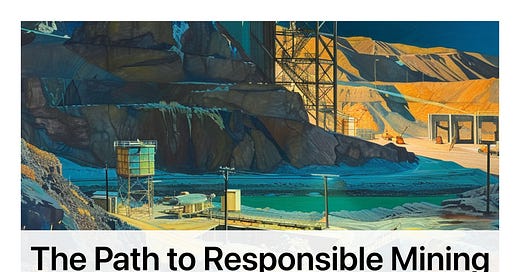



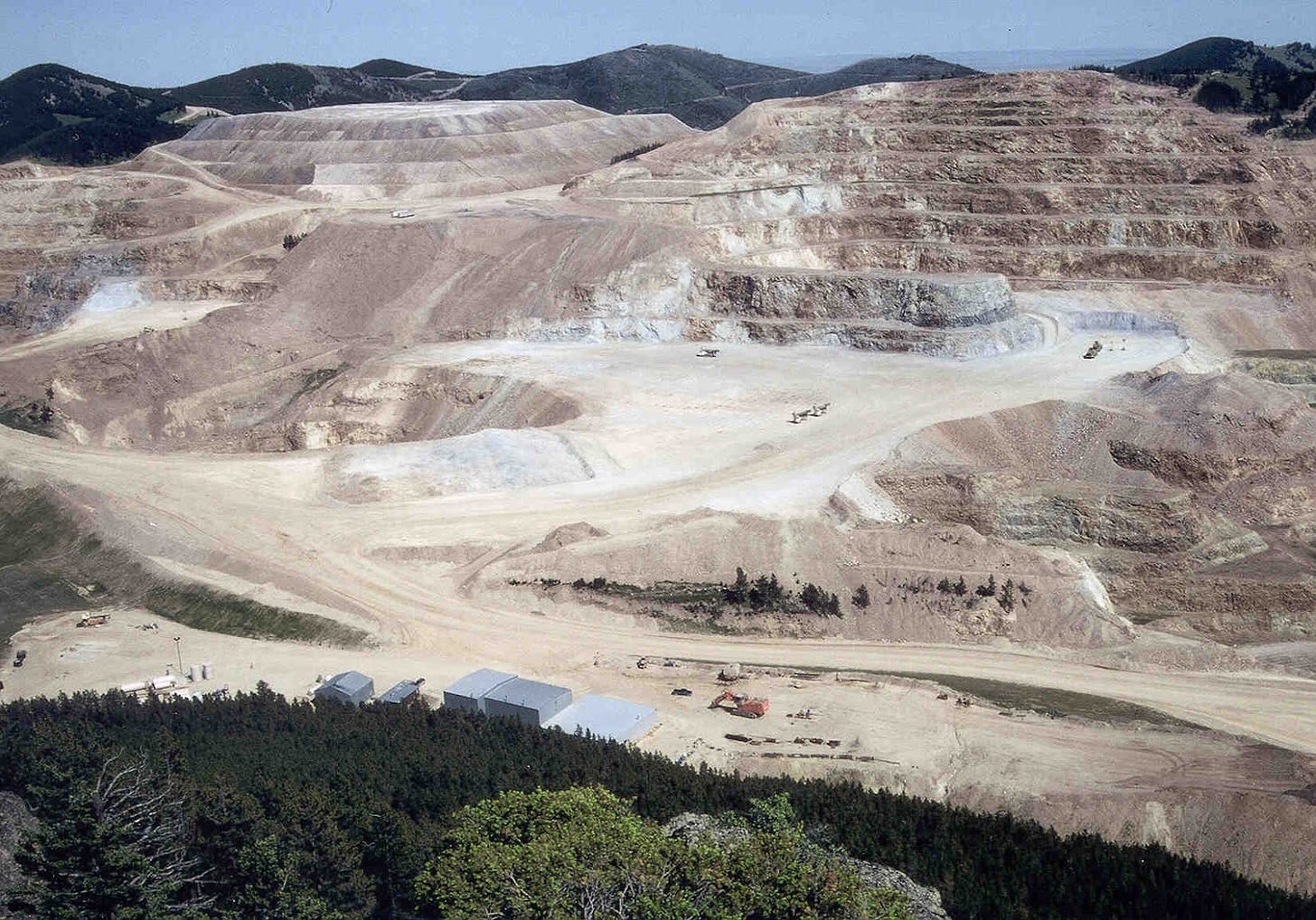

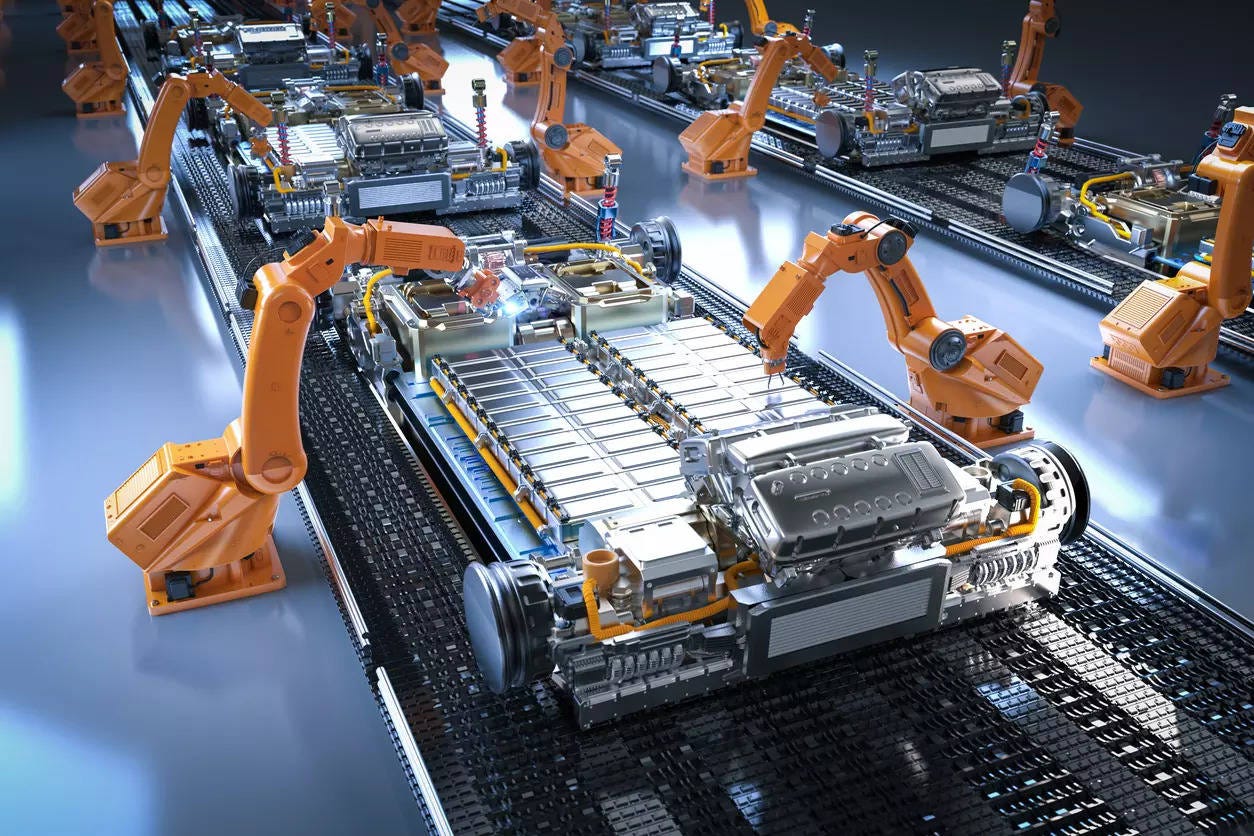
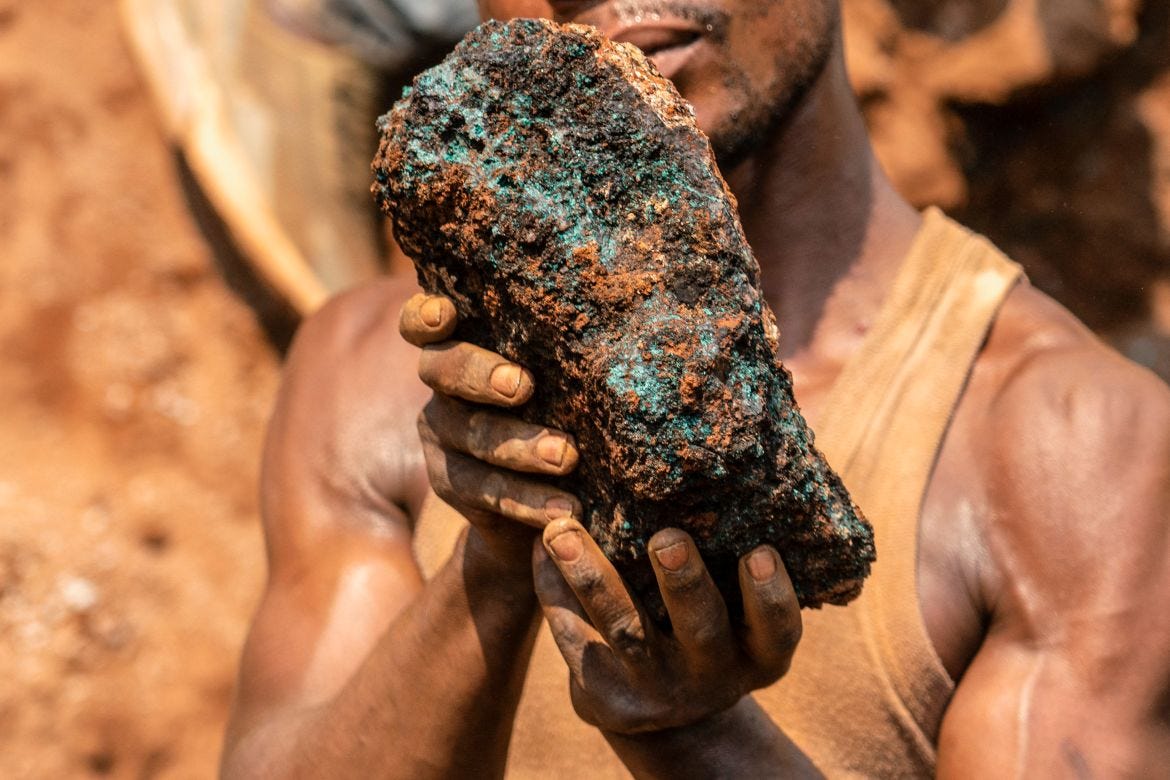

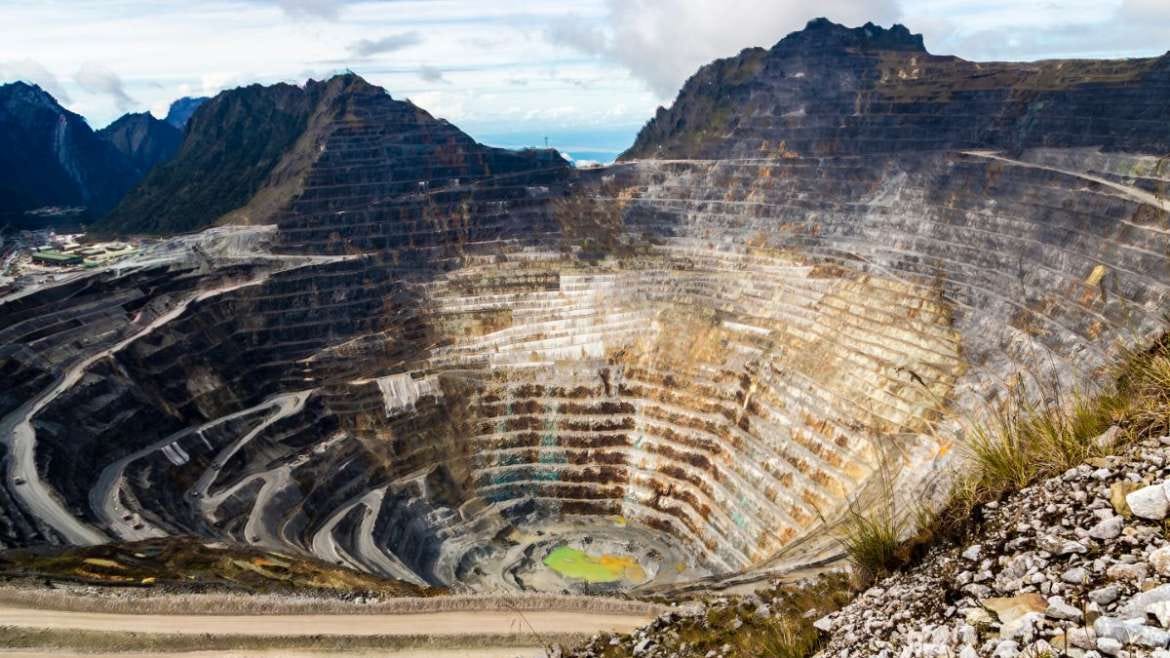

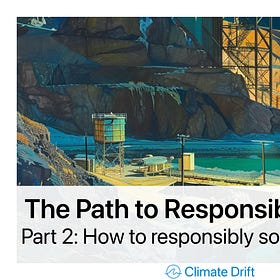


Great job on Part 1 Samuel! I look forward to reading Part 2 now.